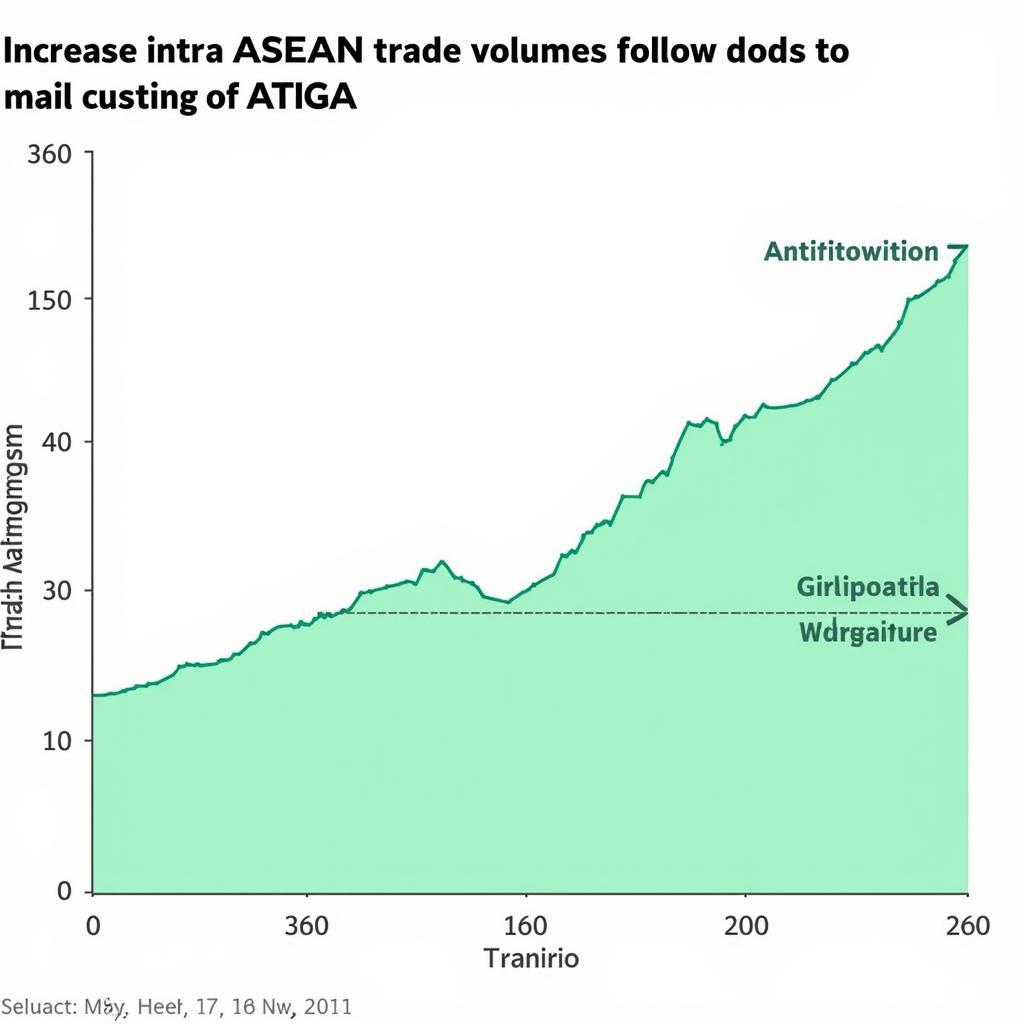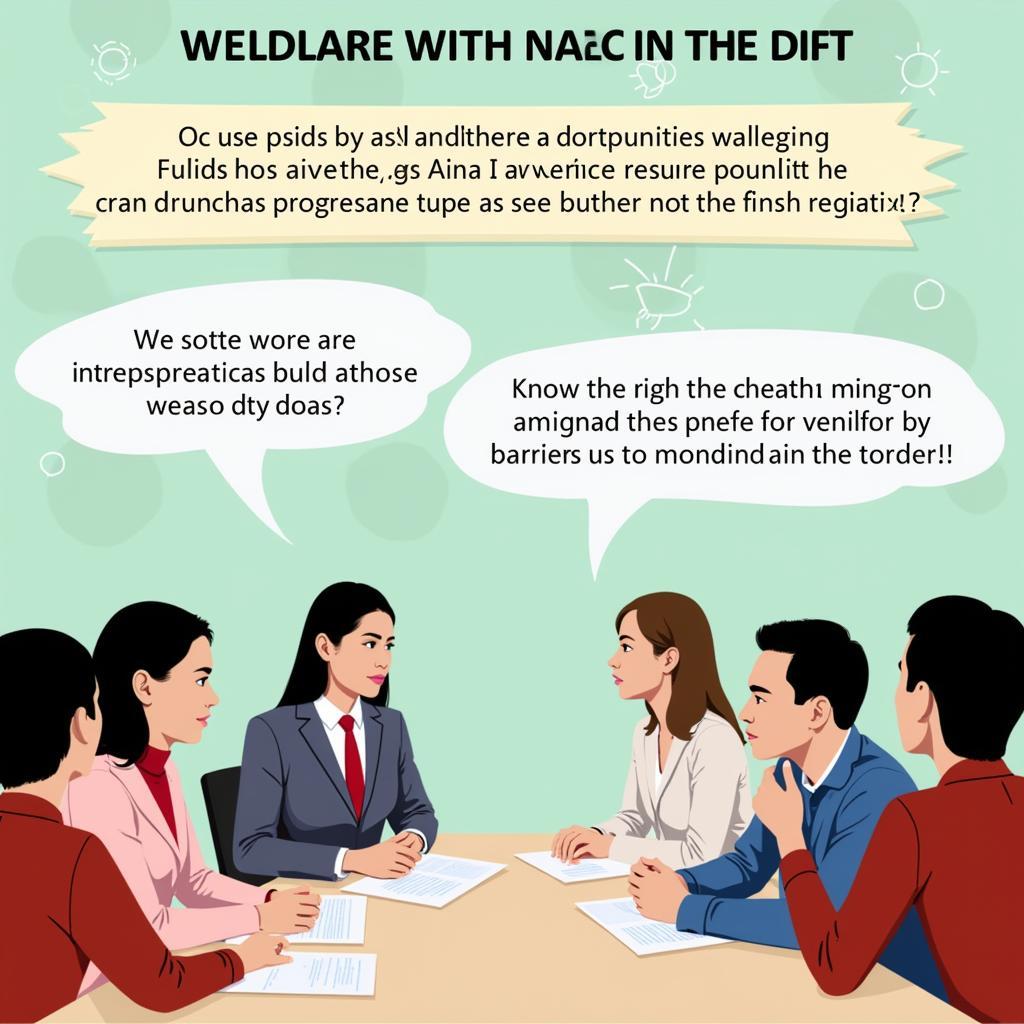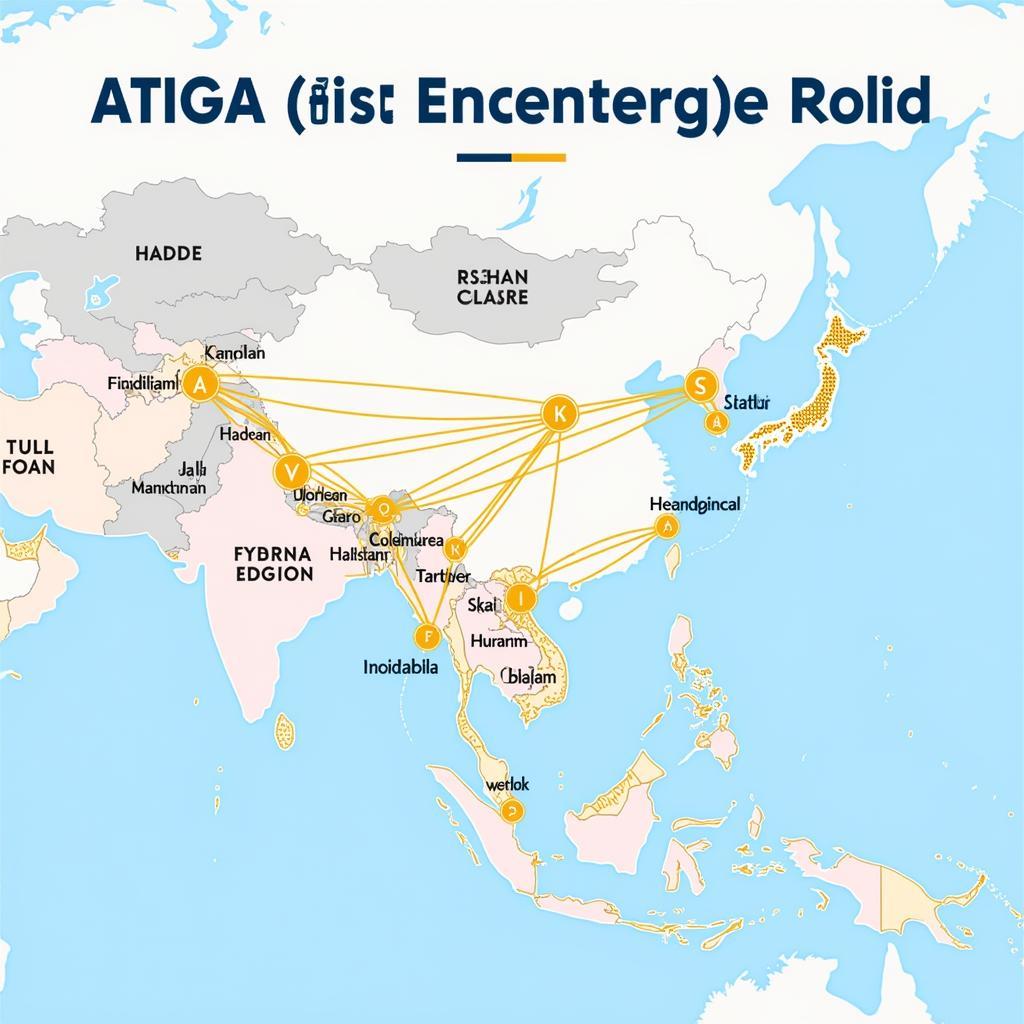The ASEAN ATIGA (ASEAN Trade in Goods Agreement) significantly impacts the economic landscape of the ASEAN member states, often referred to as “ASEAN ATIGA countries”. This agreement aims to foster a free flow of goods within the region, boosting trade and economic growth. It’s a cornerstone of the ASEAN Economic Community (AEC), striving to create a single market and production base.
Understanding the ASEAN ATIGA and its Impact
The ATIGA essentially eliminates tariffs on almost all goods traded within ASEAN. This has profound effects on the economies of the participating nations, promoting regional integration and attracting foreign investment. By reducing trade barriers, ATIGA fosters competitiveness, encourages specialization, and expands market access for businesses within the ASEAN bloc. This allows businesses to scale up their operations and tap into a larger consumer base. Check out this useful resource on ASE Custom Filing.
Key Features of the ATIGA
Several key features define the ATIGA and its influence on ASEAN ATIGA countries. These include:
- Tariff Elimination: The removal of tariffs is arguably the most prominent feature, promoting seamless trade within the region.
- Simplified Customs Procedures: Streamlined customs procedures further facilitate trade, reducing bureaucratic hurdles and transaction costs.
- Rules of Origin: Clear rules of origin are crucial for determining the origin of goods and ensuring they qualify for preferential treatment under the ATIGA.
- Trade Facilitation Measures: Various trade facilitation measures are in place to enhance efficiency and transparency in cross-border trade.
 Impact of ASEAN ATIGA on Intra-ASEAN Trade
Impact of ASEAN ATIGA on Intra-ASEAN Trade
Economic Benefits for ASEAN ATIGA Countries
The ATIGA brings numerous economic benefits to participating countries. The removal of tariffs leads to lower prices for consumers, providing them with access to a wider variety of goods. Businesses can also source inputs at lower costs, increasing their competitiveness and boosting productivity. This leads to increased economic activity, job creation, and improved living standards across the region. You can learn more about the implications for businesses with these ASE Calculators Orca.
Challenges and Opportunities
While the ATIGA offers substantial benefits, challenges remain. Non-tariff barriers, such as technical regulations and sanitary measures, can still hinder trade. Harmonizing these regulations across the ASEAN region is a crucial step towards fully realizing the potential of the ATIGA. Furthermore, capacity building is essential to help businesses, especially SMEs, take full advantage of the opportunities presented by the agreement.
 Challenges and Opportunities of ASEAN ATIGA
Challenges and Opportunities of ASEAN ATIGA
The Future of ATIGA and ASEAN Integration
The ATIGA is a dynamic agreement, constantly evolving to meet the changing needs of the region. Further deepening of the agreement and addressing remaining non-tariff barriers will be crucial for strengthening regional integration and promoting sustainable economic growth. The future of ATIGA is inextricably linked to the overall vision of the ASEAN Economic Community, aiming to create a truly integrated and prosperous region. Here’s a helpful PDF with further information on ASE A5 PDF.
ATIGA and the Global Economy
The ATIGA also plays a role in enhancing ASEAN’s competitiveness in the global economy. By creating a more integrated and efficient regional market, the ATIGA makes ASEAN a more attractive destination for foreign investment and trade. This can lead to greater participation in global value chains and further economic development for ASEAN ATIGA countries.
“The ATIGA is a catalyst for economic growth in ASEAN, fostering greater integration and competitiveness within the region and on the global stage,” says Dr. Amelia Suyanto, an economist specializing in Southeast Asian trade. Another expert, Professor Wei Chan, adds, “The key to realizing the full potential of the ATIGA lies in addressing non-tariff barriers and empowering businesses to seize the opportunities presented by the agreement.” Find additional resources related to ASE of Merchandise.
 Global Economic Impact of ASEAN ATIGA
Global Economic Impact of ASEAN ATIGA
Conclusion
The ASEAN ATIGA is a pivotal agreement for the “ASEAN ATIGA countries”, driving economic growth and regional integration. While challenges remain, the ATIGA holds immense potential for further development and prosperity within ASEAN.
FAQ
- What does ATIGA stand for? (ASEAN Trade in Goods Agreement)
- Which countries are part of ATIGA? (All ASEAN member states)
- What is the main goal of ATIGA? (To eliminate tariffs and facilitate trade within ASEAN)
- How does ATIGA benefit businesses? (Reduced costs, increased market access, greater competitiveness)
- How does ATIGA benefit consumers? (Lower prices, wider variety of goods)
- What are some challenges associated with ATIGA? (Non-tariff barriers, capacity building)
- What is the future of ATIGA? (Further deepening of the agreement, addressing non-tariff barriers)
For support, please contact us at Phone Number: 0369020373, Email: aseanmediadirectory@gmail.com or visit our address: Ngoc Lien Village, Hiep Hoa, Bac Giang, Vietnam. We have a 24/7 customer service team.

